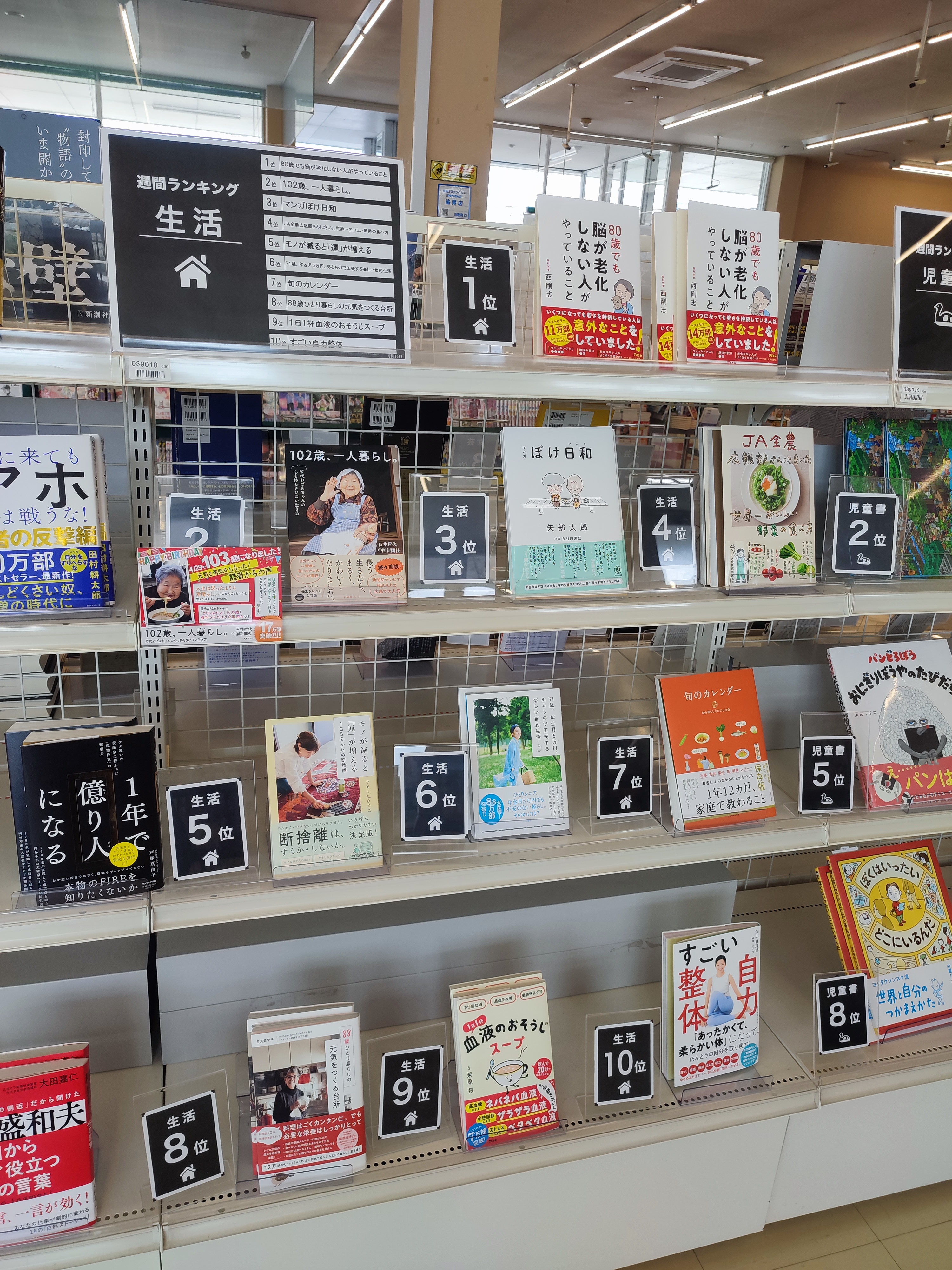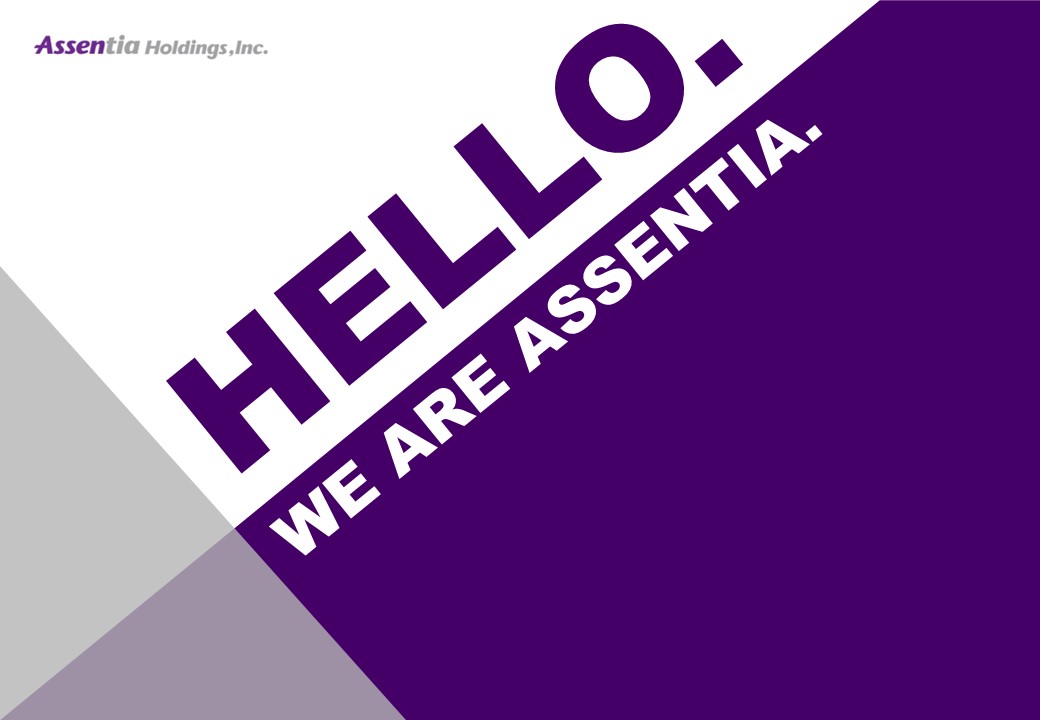Rural cities in Japan. Growing or declining businesses: which will you choose?

Rural cities. Growing or declining businesses: which will you choose?
*Ghost towns all over Japan? It is no exaggeration to say that Japan is sinking.
When I am in Japan, I try to stay in regional cities as much as possible.
This is because you can't really see the Japanese economy when you are in Tokyo.
More than 70% of our customers are companies in regional cities.
With the post-2020 Corona Disaster, I have visited all 47 prefectures again and visited every city.
Today we are in Matsuyama again; three days ago it was Kochi.
Matsuyama is the largest city in Shikoku with a population of 510,000.
The biggest change has been in the shopping streets and the nightlife.
There are no people on the streets.
There are no people in what is known as the drinking district.
In front of Corona, the streets were full of people.
At the time, I wondered if there were that many people in a provincial city. If we brought some fashionable urban businesses, we could go there."
Izakaya companies such as Watami were also expanding their shops in regional cities rather than in city centres, where rent and labour costs are high.
The same thing happened in Matsuyama today, where I went for a night stroll.
Today, too, I strolled through the nightlife in Matsuyama, but all the shops were either closed or had no guests.
A guide in town told me that the area in front of Corona was like a world in another dimension. They said it was like a phantom back then.
On weekday nights, no one comes out at all.
On Fridays, Saturdays and eve of public holidays, people don't come out on weekdays, but not really on weeknights.
That's the impression from the shop management side.
From the customers' point of view, it is like this.
I don't go to the office anymore and teleworking at home has become the norm.
I can use my time more effectively because I don't have to commute anymore. I can do what I want to do. I have more time for hobbies.
I don't have to attend meaningless meetings etc.
I think my old life was insane.
I woke up at 7am every day, went to work at 8am, worked until around 6pm (or worked overtime all the time).
After that, I drank at an izakaya every day, and the after-party was either karaoke or a cabaret club.
So I go home in the morning every day.
With Corona, I'm home by 8pm, which has become the norm.
I have more free time and I think that's surprisingly good.
It is said that in restaurants all over Japan, the number of customers after 9pm has dropped dramatically.
I can say that we will never go back to the way of life we had before.
In Tokyo and Osaka, but in regional cities, it is completely unlikely.
I think so when I visit cities all over Japan.
Government-designated cities are still better off, but in cities with smaller populations, the situation is almost the same as above.
I bow down to the activities that are trying to bring people back to the streets at night by organising various projects.
But wouldn't it be better to grow up the escalator going up rather than struggling up the escalator going down? I think that is the way to look at the market.
*How do you think about the future of food and beverage companies in regional cities?
If it is food and beverage, change to daytime business or enter a different industry?
The profitability of the night alcohol business was too high.
Compared to the daytime food business, the night-time alcohol business had higher margins.
The cost of beer is still very low, but the cost of cocktails, sours and shochu splits is really low.
The more customers drank, the more money the shops made.
The cost ratio of oolong tea is about 10%. (The cost is about 40 yen. (Assuming a selling price of 400 yen).
Can you enter the lunchtime food industry from such an industry?
A dilemma will arise.
You would think that such a hassle-free process with a low unit price and high cost of sales would only be so profitable.
Even so, if the night food industry is shrinking, it is easy to enter a derivative genre of the same food and drink industry.
Entering a different industry (changing the playing field) is also key, as is expanding the area of operation (into city centres, overseas expansion).
Each of these is described below.
*The customer structure in regional cities
If you want to enter a different industry, you need to analyse which is the best field.
The customer structure is a reality that can be easily understood by looking at the population pyramid of each city.
In local cities, it is men and women up to high school age and elderly people of middle age and above.
If you don't dig into the business here, you won't make it in the regional cities.
What is it in food and beverage?
What in other industries?
As an aside, three days ago I was surprised to see an unusually high percentage of foreigners in the Obiyacho shopping arcade in Kochi.
Nearly half of the people walking along the shopping street were foreigners. Judging by the languages spoken, they were Westerners (English, Spanish), Vietnamese, Taiwanese, etc.
A tourist guide in town told me that a large cruise ship had entered the harbour. They do not stay overnight.
They see the city during the day and return to the ship at night.
*Customer interests in local cities.
You can also visit a bookshop in a local city.
You can also go to a bookshop in a local city and see bestsellers displayed side by side.
Most of them are books on asset management or health and exercise.
The bookshops are also lined with study reference books and books on asset management or health and exercise.
Students up to high school age do not think much about asset management.
If this is the case, doesn't this mean that health and exercise are of high interest to the volume zone living in regional cities?
The health and fitness business is one of the businesses we support and is doing very well.
Fitness.
The data is a bit old, but according to a Recruit survey, high school males would most like to go to a fitness club if they had a hot water after graduation.
fitness clubs. Unlike before, they are not interested in material things. It's what Maslow calls a need for approval, to work out and be seen around.
Not so much an intellectual need for approval, but a need for approval of how you look. A need for approval that is not just clothes or a watch.
So it's definitely going to be a popular business in the local cities where there are a lot of high school boys.
Also, the elderly are also interested in health.
They have a very strong orientation towards health, being careful about what they eat.
It is also true that just being careful about what you eat does not make you healthy; you also need to raise your metabolism.
Excessive exercise destroys the body. It is moderate exercise that suits you.
Walking or light jogging would be optimal, but running alone is lonely.
There are fitness clubs that are like meeting places for these old people.
I always try to see how they could not be out of fashion in a local city, but within two or three months of opening, the number of members has reached the break-even point and they are profitable.
We analyse the demographic structure of local cities and introduce businesses that fit your city.
I have been analysing local cities for 35 years and have been looking at all cities with a population of over 200,000 in Japan since I was 23 years old.
I have also seen the evolution of local cities in various regions.
Would you like to have a meeting to see what we can do?
It is also true that daytime towns are changing.
I always think that there is an urgent need to revitalise the shopping streets in local cities.
If there are successful shopping streets in other parts of the country, I would like you to introduce them to me so that I can go and see them immediately.
Every time I see a shopping street in a regional city, I get sad.
'It's a case. There are no people in the town..." Like that.
Please feel free to email.
atutiya@assentia-hd.com
Let's have a meeting via Zoom.
*Expand the area to be developed.
This will be described separately.
In the past 12 years, we have supported Japanese companies to expand their business overseas, and have now achieved and supported nearly 250 shops in 26 countries.
Last month, I spent two weeks in Vietnam, Singapore, Indonesia and the Philippines.
In September, I spent a month in Australia, travelling to five cities to see the market.
The markets in ASEAN and Australia are interesting.
There were Japanese izakayas in Manila and Jakarta with monthly sales of over 30 million yen.
There were over 30 Japanese-owned PIZZA restaurants in Vietnam.
There was a Japanese-owned ramen izakaya in Singapore with monthly sales of over 25 million yen.
In Australia, there were over 100 sushi roll shops that everyone knew about.
In Manila, there was a ramen shop with a huge queue that was as good as any Japanese ramen shop.
Unfortunately, the owners of these are not Japanese.
The market has changed a lot since before Corona.
Feel free to contact us!
Also feel free to email us at.
atutiya@assentia-hd.com
Let's have a meeting via Zoom.
Translated with DeepL.com (free version)


